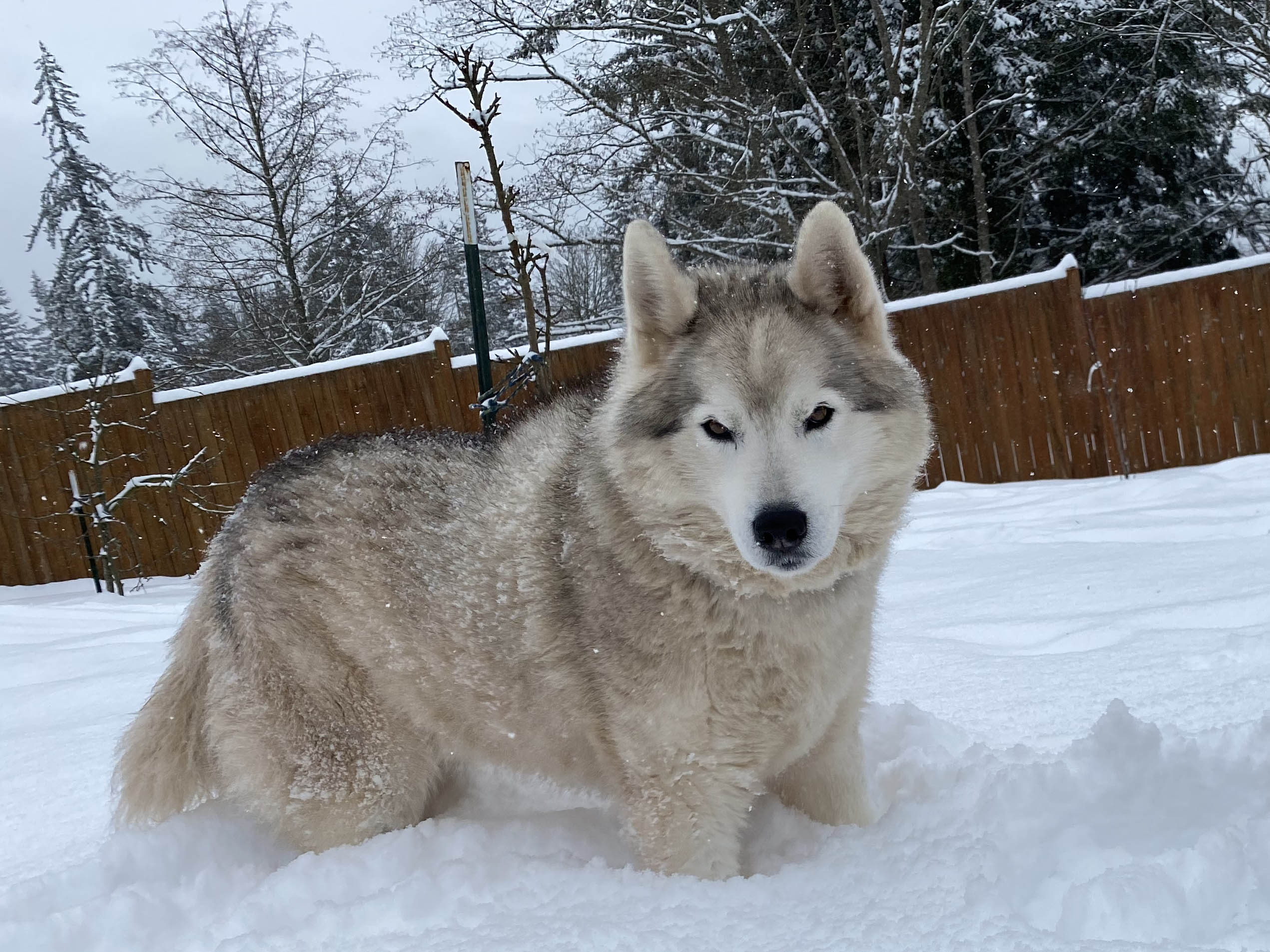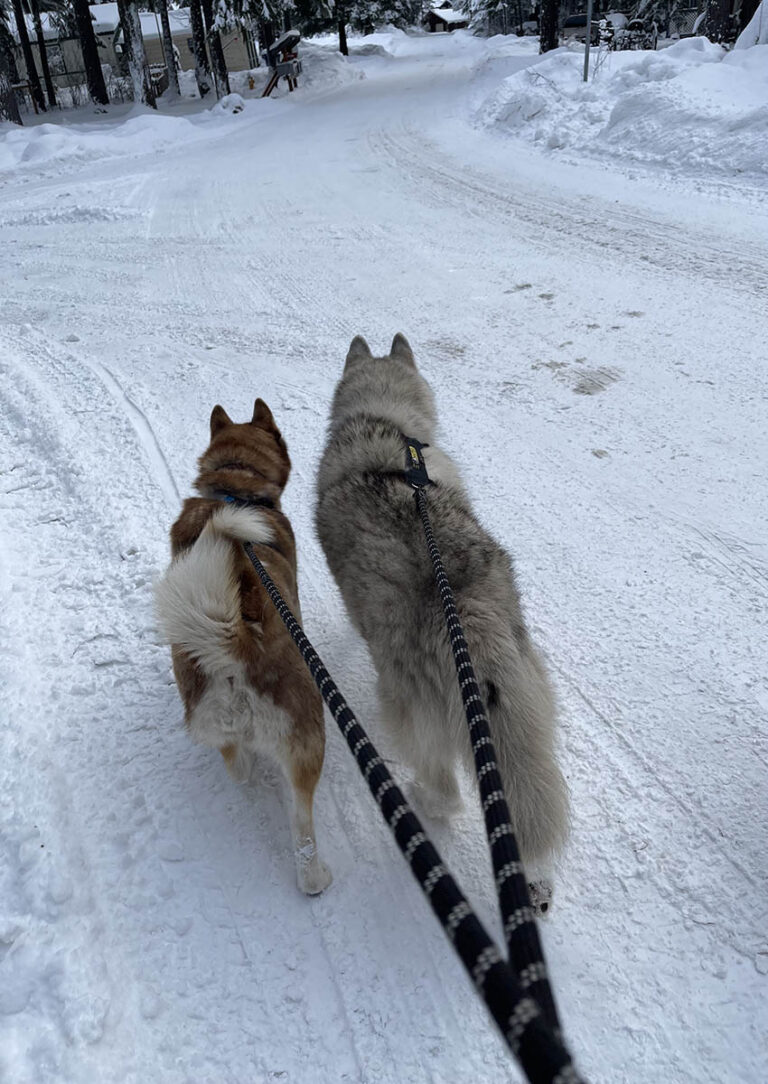Do Siberian Huskies Have Wolf in Them?
Siberian Huskies are one of the most popular dog breeds, and their wolf-like appearance is part of what makes them so appealing. But do they actually have any wolf in them? Let’s take a closer look.
The origins of the Siberian Husky breed – where they come from and how they were used in history
The Siberian Husky breed is an ancient working dog, originating in Siberia more than 3,000 years ago. Indigenous people used these dogs for their sledding and herding abilities, hauling heavy supplies across vast distances. They were highly valued for their speed and strength to transport goods, which also enabled them to accompany many explorations including Admiral Robert Peary’s successful 1909 journey to the North Pole. Nowadays, these dogs are beloved family companions, admired by millions around the world for their beauty, intelligence, and athleticism.
The physical characteristics of Siberian Huskies that make them unique compared to other dog breeds
Siberian Huskies are a striking breed of dog with a captivating appearance that is unlike other breeds. Their thick double coat makes them ideally suited for cold climates, giving them great insulation from bitter temperatures. Further distinguishing their physical appearence is an array of captivating eye colors that range between blue, brown and some have eyes of each color in unique combinations. With facial markings similar to a fox and ears whose shape adds to their uniqueness, Siberian huskies stand out among the canine crowd. Although they can be found in many unusual color combinations, the body type, head shape and tails all add to their unmistakable look. Despite being known as a sled dog, these resilient pups thrive as loyal companions and become deeply devoted members of any family unit lucky enough to have one.
Whether or not Siberian Huskies have wolf in them – the scientific evidence
Siberian Huskies have long been the subject of debate regarding the presence of wolf in their blood. While the American Kennel Club classifies them as having no wolf influence, many enthusiasts contend that some traces of wolf remain due to historical crossbreeding. Surprisingly though, scientific study has not provided enough evidence to support either argument. DNA analyses conducted on various breeds of dogs concluded that all descendants from an ancient population from Central Asia are related, but these results were unable to differentiate between domesticated dogs and wolves. For now, this is mainly a matter for expert opinion until further research can provide more conclusive evidence.
So now you know a little more about where the Siberian Husky breed comes from, what they look like, and whether or not they have wolf in them. If you’re thinking of getting a husky, hopefully this article has helped you learn a bit more about what to expect. And if you already have a husky, we hope you enjoyed learning about their origins. Thanks for reading!




